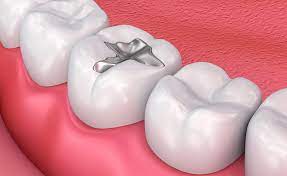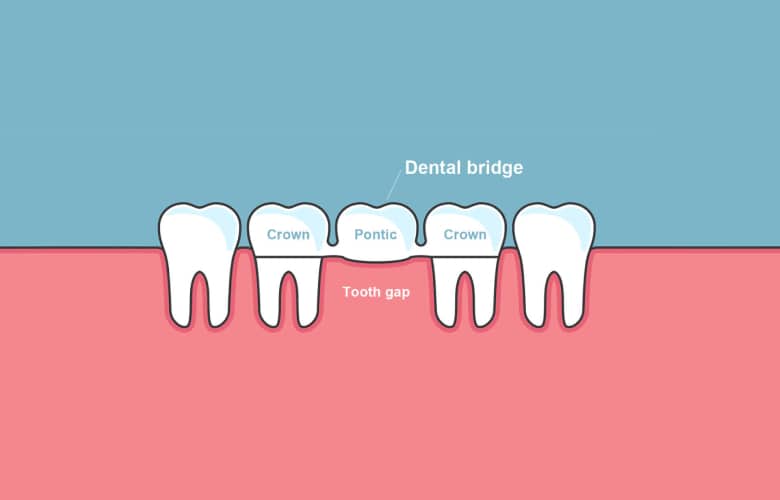4801 Southern Hills Dr, Sioux City, IA 51106, USA

Amalgam fillings have been used as a dental restoration material for many years and are still popular today. However, there are some potential dangers associated with amalgam fillings that you should be aware of before making a decision about how to restore your teeth. Here are five dangers with amalgam fillings that you should know about.
1. Mercury Exposure
One danger associated with amalgam fillings is exposure to the mercury they contain. Amalgam consists of approximately 50% mercury, so when it’s placed in your mouth it can release small amounts of toxic mercury vapor into the air which you then breathe in. Over time, this could cause health problems such as nausea, dizziness, and neurological disorders.
2. Allergic Reactions
Another danger of amalgam fillings is the potential for allergic reactions. Some people may be sensitive to the metals contained in amalgam and can develop a range of symptoms such as headaches, skin rashes, and difficulty breathing.
3. Corrosion
Amalgam fillings can corrode over time due to their exposure to saliva. This corrosion process can cause tiny particles of mercury and other toxic metals from the filling to be released into your mouth which you then swallow or inhale. These particles can accumulate in your body’s tissues and organs over time, leading to health problems. So, it’s better to visit a dentist if you are thinking of having dental fillings.
4. Increased Tooth Fracture Risk
Studies have found that amalgam fillings can cause teeth to become weaker and more prone to fracture. This is due to the fact that amalgam expands and contracts with temperature changes which put pressure on the tooth structure, making it vulnerable to cracking or breaking.
5. Cosmetic Issues
Finally, amalgam fillings can be noticeable in your smile due to their greyish color which doesn’t always match the natural color of teeth. Composite fillings are a better option if you’re looking for a restoration material that blends in seamlessly with your tooth enamel.
The Bottom Line
When it comes to restoring cavities, there are many different options available today but amalgam fillings may not be your best choice due to the potential dangers associated with them. Amalgam fillings contain mercury and other toxic metals which can be released into your mouth and body, potentially leading to adverse reactions or health problems. Composite fillings are a better alternative as they do not contain the same toxins and blend in more seamlessly with the natural color of your teeth.
While there is still some debate surrounding the safety of amalgam fillings, many people believe that there are potential risks associated with exposure to the mercury they contain so composite fillings may be a better option when restoring cavities.
Generally, amalgam fillings can last for up to 10 years with proper care and maintenance.
Composite fillings are a safe alternative to amalgam as they do not contain any mercury or other toxic metals. Composite fillings also match the color of your natural teeth more closely than amalgam fillings.




